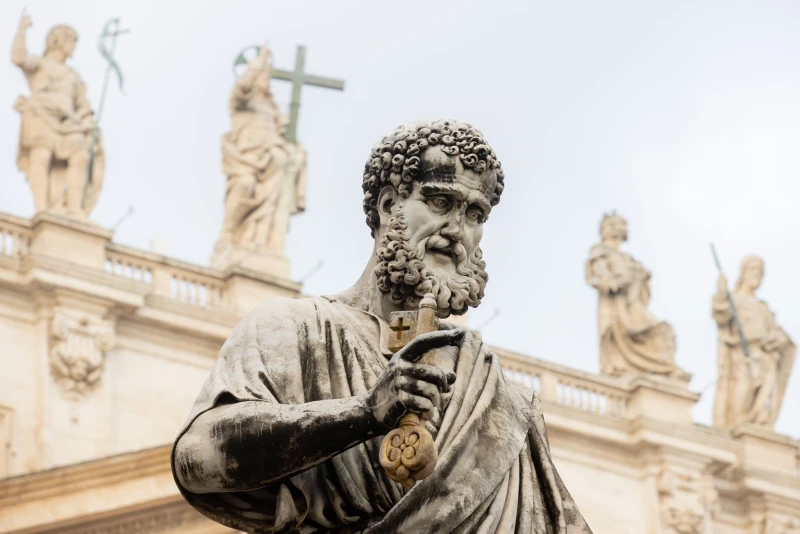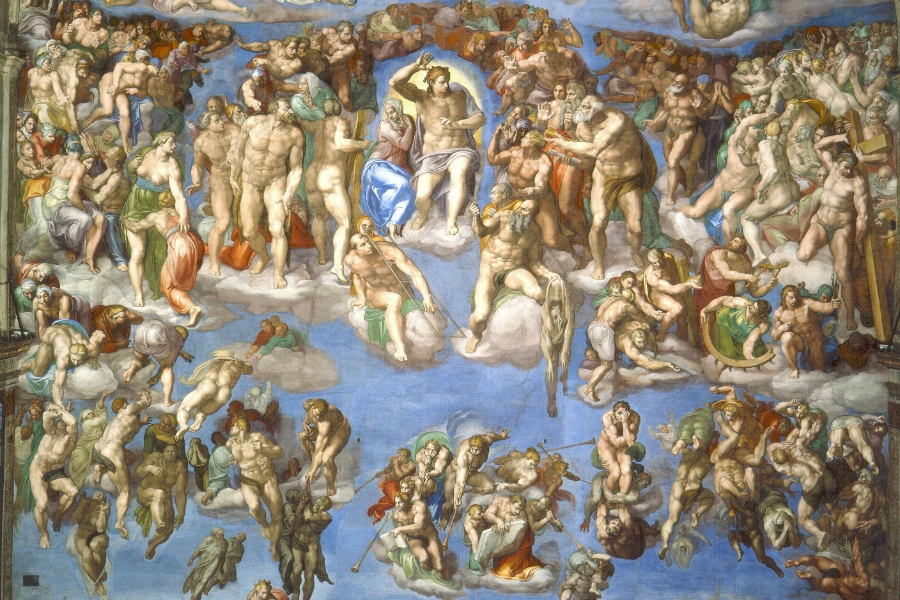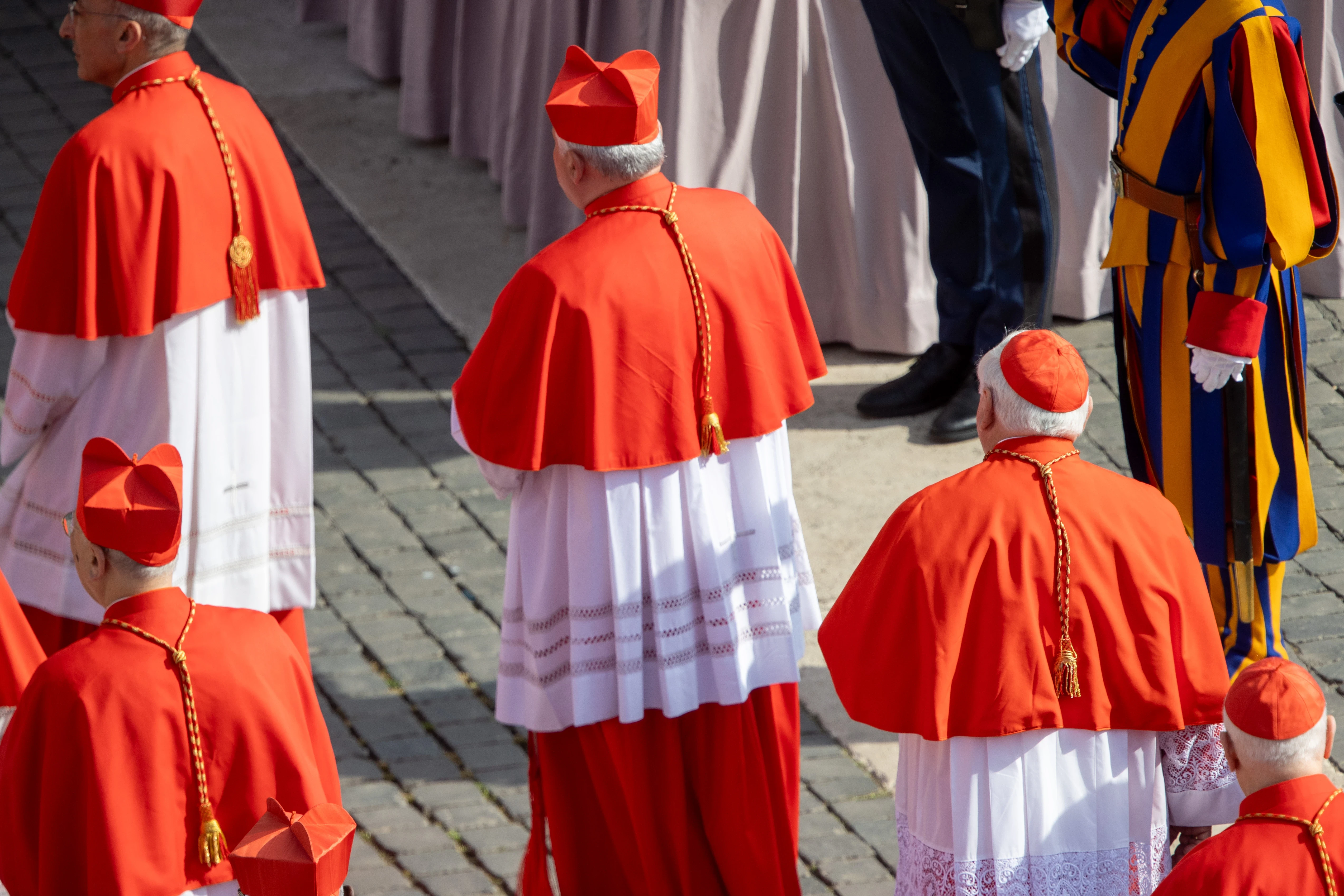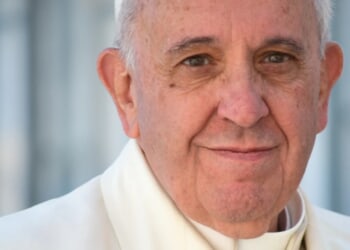 Statue of St. Peter on St. Peter’s Square at the Vatican / Daniel Ibáñez / CNA
Statue of St. Peter on St. Peter’s Square at the Vatican / Daniel Ibáñez / CNA
CNA Newsroom, Apr 28, 2025 / 07:13 am (CNA).
The College of Cardinals announced Monday that the conclave to elect Pope Francis’ successor will begin on May 7, as the Church enters the final preparatory phase for choosing its 267th pope.
The pivotal proclamation came following a morning General Congregation meeting at the Vatican, where cardinals have been gathering daily since Pope Francis’ burial at St. Mary Major Basilica on April 26.
The date falls within the traditional 15-20 day window following a pope’s death, allowing sufficient time for the “novendiales” mourning period and for cardinal electors to arrive from across the globe.
Of the 134 cardinals who will take part — those under 80 years of age — nearly all have already arrived in Rome. The remaining few are expected within days, according to Vatican sources.
The voting will take place beneath Michelangelo’s magnificent frescoes in the Sistine Chapel.

Following tradition, the cardinals will celebrate a “Mass for the Election of the Roman Pontiff” in St. Peter’s Basilica on the morning of May 7 before processing into the Sistine Chapel while chanting the “Veni Creator Spiritus,” invoking the Holy Spirit’s guidance.
Once inside, each cardinal will take an oath to observe the procedures, maintain secrecy, and vote freely for the candidate they believe most worthy. The chapel doors will then be closed to the outside world until a new pope is chosen.
Cardinal Giovanni Battista Re, dean of the College of Cardinals, will preside over the conclave. A two-thirds majority — 90 votes — is required to elect the new pope.
The world will watch for the traditional signals from the Sistine Chapel chimney: black smoke indicating an inconclusive ballot, white smoke announcing that a new pope has been elected.
Pope Francis was responsible for appointing 108 of the cardinal electors who will now choose his successor, dramatically reshaping the geographic makeup of the College of Cardinals during his pontificate. The college now includes representatives from countries with small Catholic populations and from regions previously underrepresented in papal elections.







